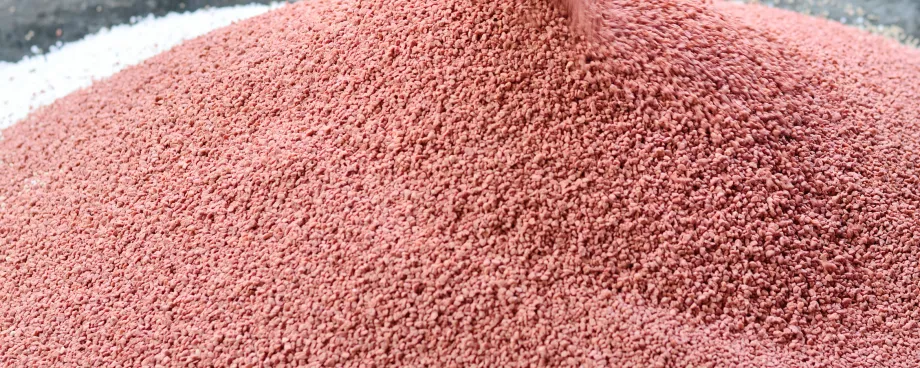| absolute powder density | The mass of powder per unit of absolute powder volume. |
| absolute powder volume | The volume occupied by the solid content of a powder, excluding all pores and voids. |
| absorption (1) | Penetration of a substance, usually a fluid, into the body of another. |
| absorption (2) | The attachment of water molecules to the surface of particles |
| aerated bulk density | (See density, aerated bulk) |
| agglomerate | An accumulated cluster of many particles that are rigidly bonded together by inter-particle forces, partial fusion, sintering or by growing together, such that they act as a single, larger particle. |
| apparent powder density | The mass of powder per unit of apparent powder volume. |
| apparent powder volume | The total volume occupied by solid matter, including open and closed pores. |
| bed porosity | (See powder bed porosity) |
| blinding | The building up of small particles on a screening surface reducing the aperture size or closing them completely. |
| bulk | A mass of particles. |
| coefficient of compressibility | The secant slope, for a given pressure increment, of the pressure-void ratio curve. av = (L 2 F –1 ) Where a stress-strain curve is used, the slope of this curve is equal to av/(1+e). |
| coefficient of consolidation | A coefficient, defined as av (L 2 T –1 ) utilised in the theory of consolidation containing the physical constant of the loose solid affecting its volume change: cv = k(1+e)/ avlw where: - k = coefficient of permeability, LT - e = Voids ratio - av = coefficient of compressibility, (L 2 F –1 ) - lw = unit weight of water, FL-3 |
| coefficient of friction | μ, The relationship between normal stress and the corresponding shear stress at which sliding takes place between two surfaces. (Between a loose solid and a contact surface, this behaviour is referred to as wall friction). See static friction and dynamic friction. |
| coefficient of permeability | The rate of passage of a fluid under laminar flow conditions through a unit cross section of a media under a unit pressure drop at standard temperature conditions. |
| coefficient of uniformity | Cu (D), The ratio D60/D10, where D60 is the particle diameter corresponding to 60 % finer on the cumulative particle-size distribution curve, and D10 is the particle diameter corresponding to 10 % finer on the cumulative particle-size distribution curve. |
| compression ratio | The ratio of the loose poured density to the pressed density. |
| dynamic friction | The frictional resistance to sustained sliding. See friction. |
| friability | The tendency of particles and granules to break down in size during handling and storage under the influence of light physical forces. |
| gravel | Mineral particles greater in size than 2000 microns |
Glossary of Terms in Powder & Bulk Technology
3. Powder Properties
Page 1 of 3





